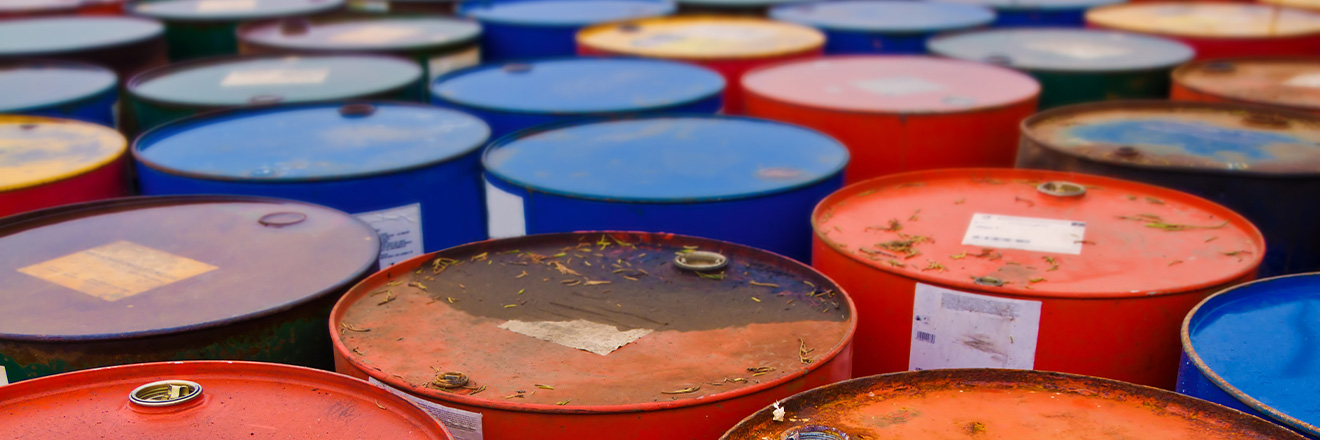The average maintenance tech knows contaminated oil leads to bearing failure. A study by the National Research Council of Canada determined 80% of bearing failures are related to contamination-induced failure modes across several industries. In addition, water in oil contributes to corrosion, loss of lubricating film strength and impeded function of vital additives.
But why is grease contamination overlooked? Hard particles in grease are introduced to bearing and gear surfaces, often in a similar manner as oil, resulting in the same failure modes along with grease dry-out. Moisture in greases can also impact lubricating films and interfere with grease and additive functionalities.
Maybe efforts to keep grease clean are less prioritized because the problem goes under the radar. When oil meets moisture, the oil becomes cloudy or separates into a free-water phase. Even high dirt concentrations, if left still in a clear container to settle, will become apparent as a deposition layer, although the individual particles may not be visible.
With grease, however, contaminants are suspended within the thickener. This makes it difficult to see even the most severe cases of particle contamination which is why it's important to provide extra care for your grease products.
Grease Cleanliness Standards
There are two tests to measure grease cleanliness. The ASTM D1404 "Deleterious Particles" method is where you count the number of hard particles in a specified sample size. In this method, the number of scratches that appear on the surface of highly polished acrylic plates under specified test conditions are counted. Greases would then be rated 1 through 3 as follows: 1 = less than 10 scratches, 2 = 11 to 40 scratches and 3 = more than 40 scratches.
The second test is the Hegman gauge, where particles are counted and sized from 0 to 100 microns using a machined depth gauge. The greases would then be rated as follows: A = clean (0 particles > 100 microns), B = moderate (1 to 5 particles > 100 microns) or C = dirty (more than 5 particles > 100 microns).
The results of the two tests are combined into a 3x3 grid, and the grease is given one of nine ratings, from 1A to 3C. The ratings indicate both the number and size of particulates in the grease as well as the hardness of the particles.
Keeping Grease Fittings Clean
Grease cannot be filtered effectively after formulation for two main reasons. The mixing and flow of a fluid are necessary when it is introduced to a filter to ensure a uniform opportunity to remove particulate from the fluid, which isn't really possible with grease.
Secondly, normal filtration methods generally disrupt and break down the grease's thickener, which is designed to give it consistency and keep it in place within the machine. For this reason, you must ensure the cleanliness of greases in their handling and introduction to the machine.
Dust Caps
The first option would be to install plastic dust caps on the fittings. These caps are relatively inexpensive, but they may have a short life expectancy depending on the service environment.
Exposure to sunlight and washdowns or being in heavy traffic areas can reduce their life expectancy. Because of this, all dust caps should be inspected frequently to ensure that they have not been compromised or are unable to properly protect the grease fittings.
Most dust caps can be purchased in a variety of colors and shapes, which allows them to be employed for multiple purposes. Not only can they be used to help prevent particle ingression, but the different colors can identify which grease to apply or indicate the frequency for how often a grease point should be relubricated.
Another alternative would be to cover the fitting with a small dollop of grease after each relubrication event. This dollop can serve as a barrier between the outside environment and the inner workings of the bearing. If this method is chosen, it will be critical to ensure that the dollop of grease is wiped off before regreasing the bearing. Failure to do so will push all the contaminants that have collected on the dollop into the bearing.
Grease Storage
Grease containers should be stored indoors in dry, cool and clean environments. Normal storage temperatures should range from 0 C to 40 C (32 F to 104 F). If a stored grease is briefly exposed to severe temperatures or environmental conditions, technicians should consult their grease supplier with concerns. Once a container is opened, the grease should be used as soon as possible to avoid potential contamination or degradation.
Since the rate of grease degradation can be impacted by exposure to contamination and/or storage and handling conditions, the listed shelf-life recommendation for a grease is no longer applicable once the container is opened.
Bottom Line
Without a doubt, it's time to expand lubricant cleanliness to include grease. Many of the tools that work for oil, such as filtration and moisture removal technologies, aren't readily applicable to grease. However, there are several things you can do to improve grease cleanliness.
While a continued focus on oil cleanliness remains important, the next logical step in making substantial gains in equipment reliability and life extension may be achieved by taking a closer look at the contaminants hiding in your greases.
